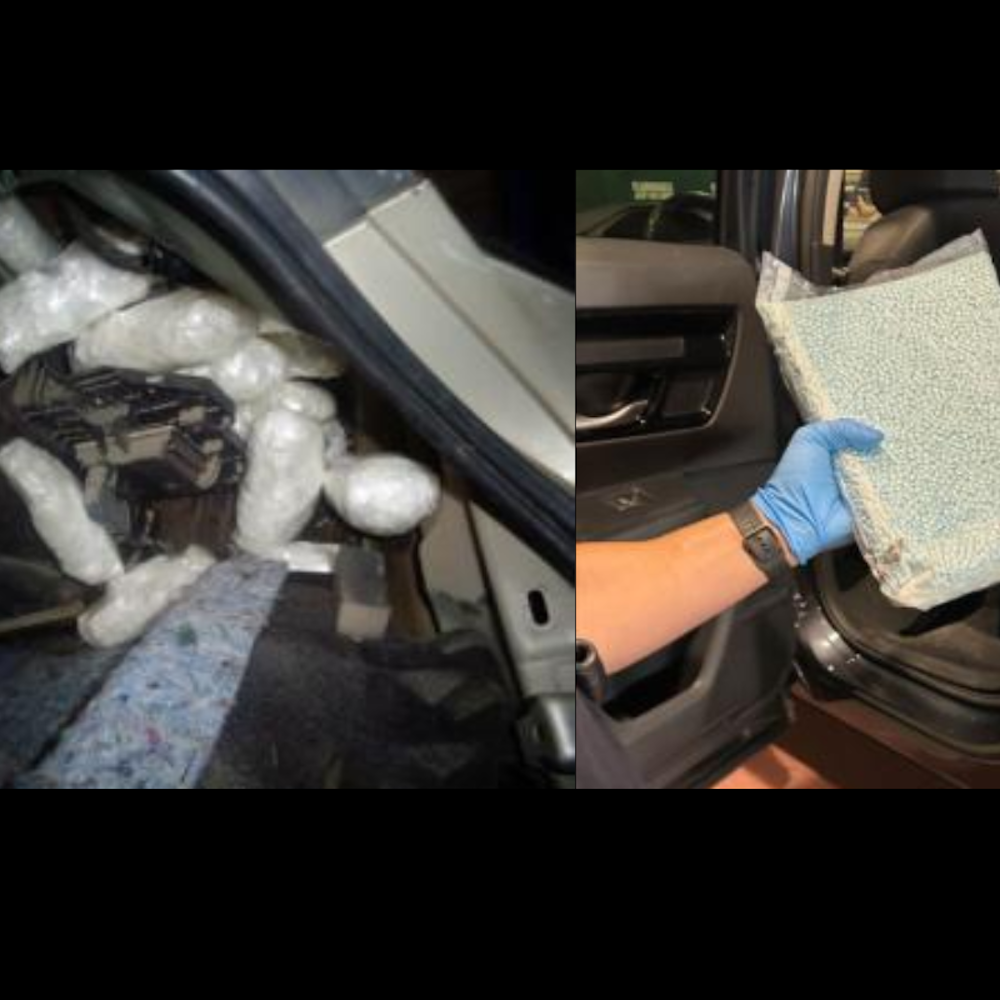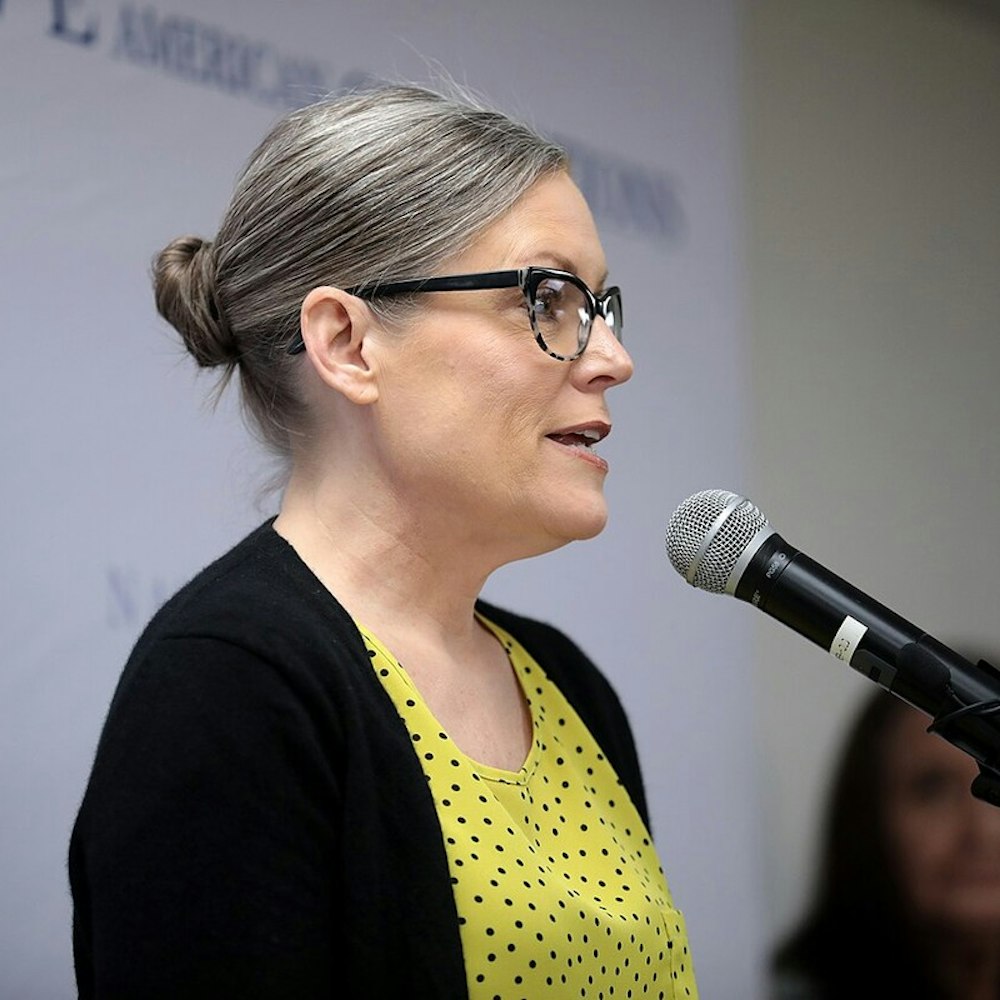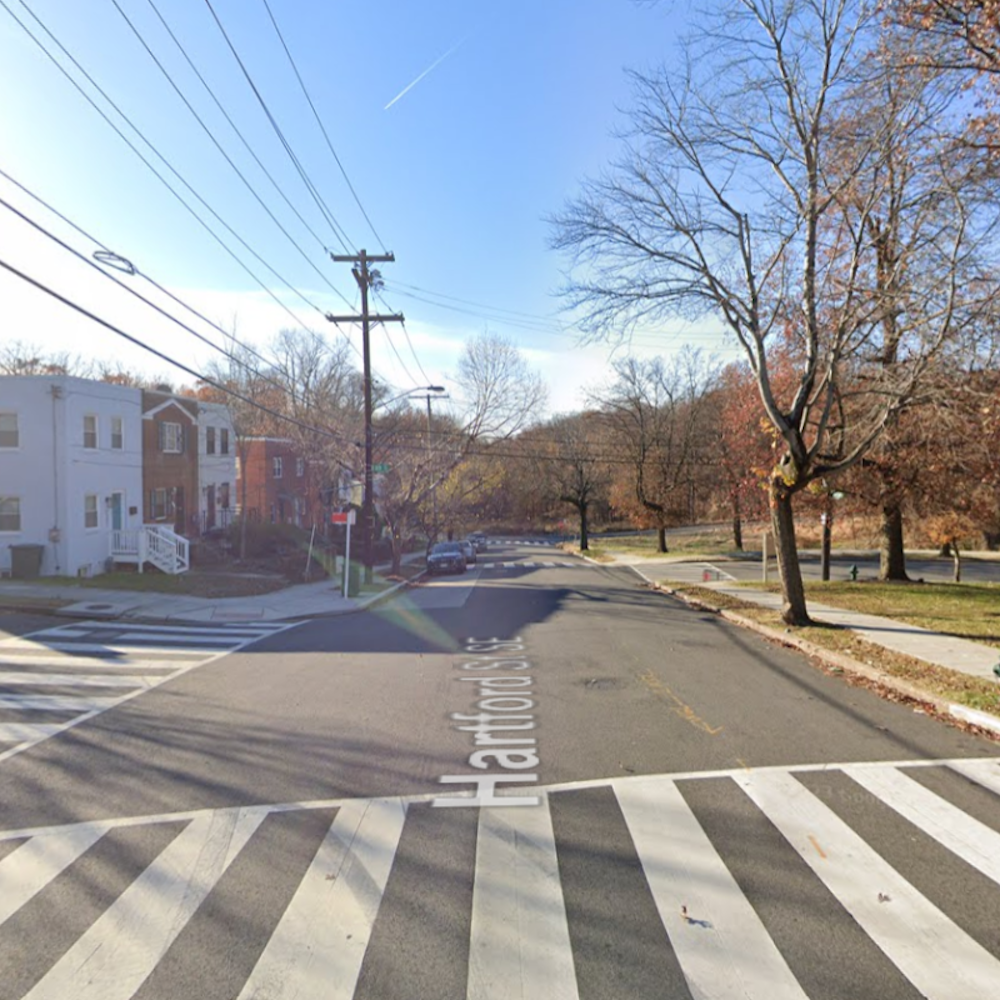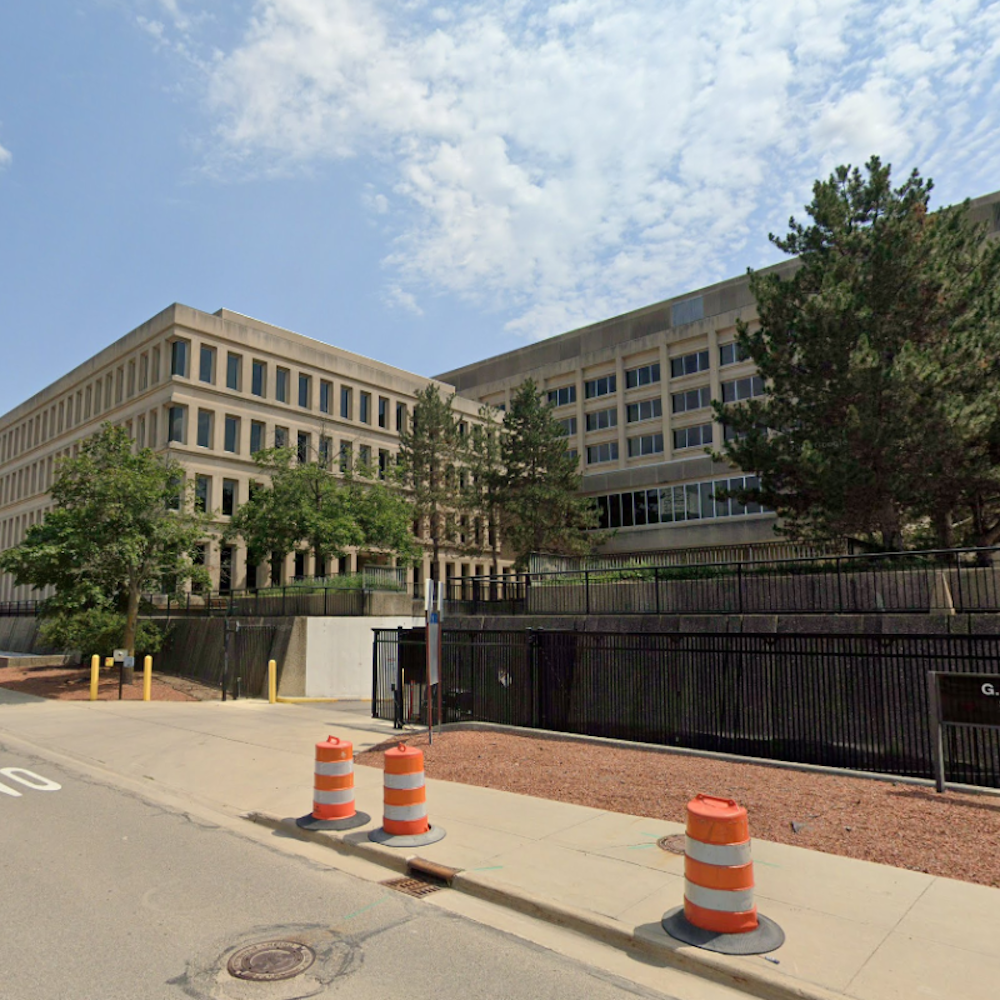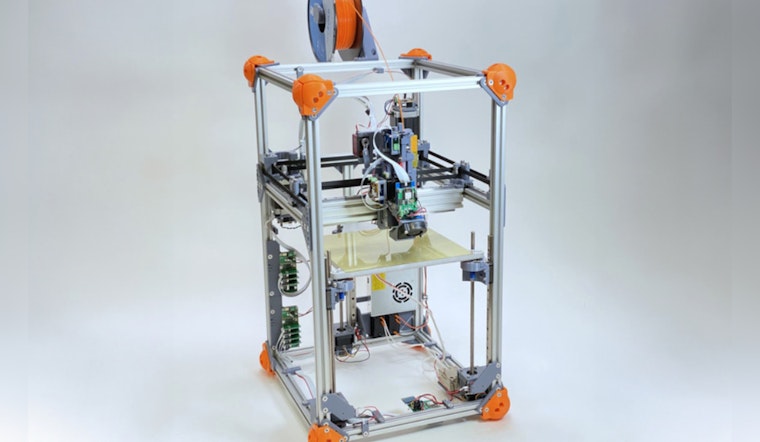
Researchers at MIT, alongside collaborators from NIST and Demokritos in Greece, have taken 3D printing a giant leap forward by creating a printer that can automatically determine how to print with an unknown material, potentially revolutionizing the industry with a more sustainable approach. As reported by MIT News, the new technology promises to simplify the process of using diverse and sustainable materials, including recycled and bio-based polymers, that have so far posed significant challenges for additive manufacturing.
The printing process typically requires setting up to 100 parameters manually, a painstaking process especially when dealing with materials whose properties are not consistent. However, the collaboration led by Neil Gershenfeld of MIT's Center for Bits and Atoms has modified the extruder, which is critical in 3D printing, so it can measure the forces and flow of a material and calculate parameters for printing seamlessly. "In ‘Back to the Future,’ there is a ‘Mr. Fusion’ blender where Doc just throws whatever he has into the blender, and it works [as a power source for the DeLorean time machine]," Jake Read, a graduate student at the CBA and lead developer of the printer, told MIT News. "That is the same idea here. Ideally, with plastics recycling, you could just shred what you have and print with it."
This innovation entails instruments added to the 3D printer that take real-time measurements, feeding data through a 20-minute test into a mathematical function to auto-generate printing parameters. These parameters are crucial, addressing previously hand-tuned settings related to flow rate and temperature. In tests, this method has allowed for consistent and viable parameters to be established, opening up the possibilities to expand the range of materials used for 3D printing.
James Warren of NIST emphasized the project's broader implications, saying, "This fusion of measurement, modeling, and manufacturing is at the heart of the collaboration between NIST and CBA, as we work develop what we’ve termed ‘computational metrology.’" The research, which also included insights from Jonathan Seppala, Filippos Tourlomousis, and Nicole Bakker, covered in the MIT News article, paves the way for more accessible metrology and pushes the boundaries of digital manufacturing.
The team's advancements signal a significant shift towards environmentally friendlier manufacturing practices by enabling the easier inclusion of renewable materials in 3D printing processes. This innovative breakthrough holds the potential for substantial environmental benefits, as the 3D printing industry moves further away from reliance on nonrecyclable, fossil fuel-derived polymers and resins. Alysia Garmulewicz, an associate professor not involved with the research, highlighted its importance, stating, "By developing a new method for the automatic generation of process parameters for fused filament fabrication, this study opens the door to the use of recycled and bio-based filaments that have variable and unknown behaviors." The research, as reported by MIT News, not only bridges a gap in the 3D printing technology but also aligns with a growing trend of sustainable manufacturing practices—reflecting the future direction of the industry.
